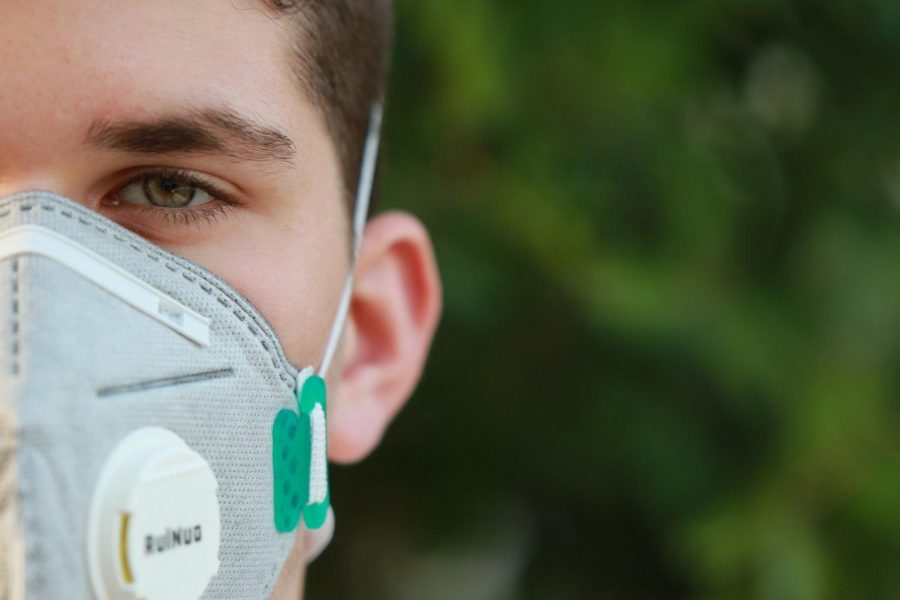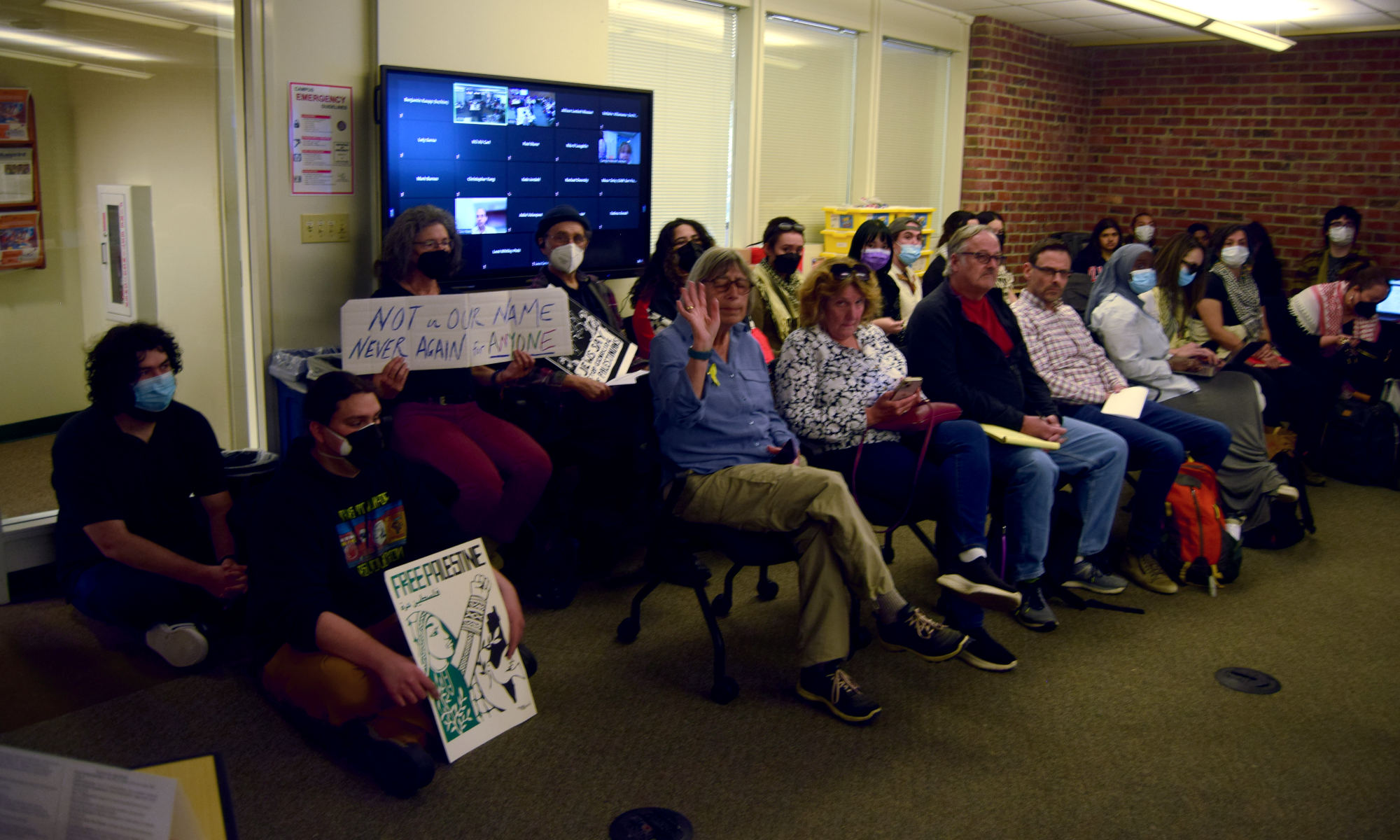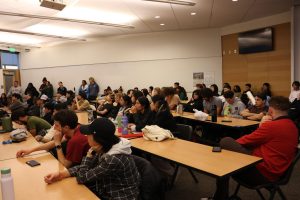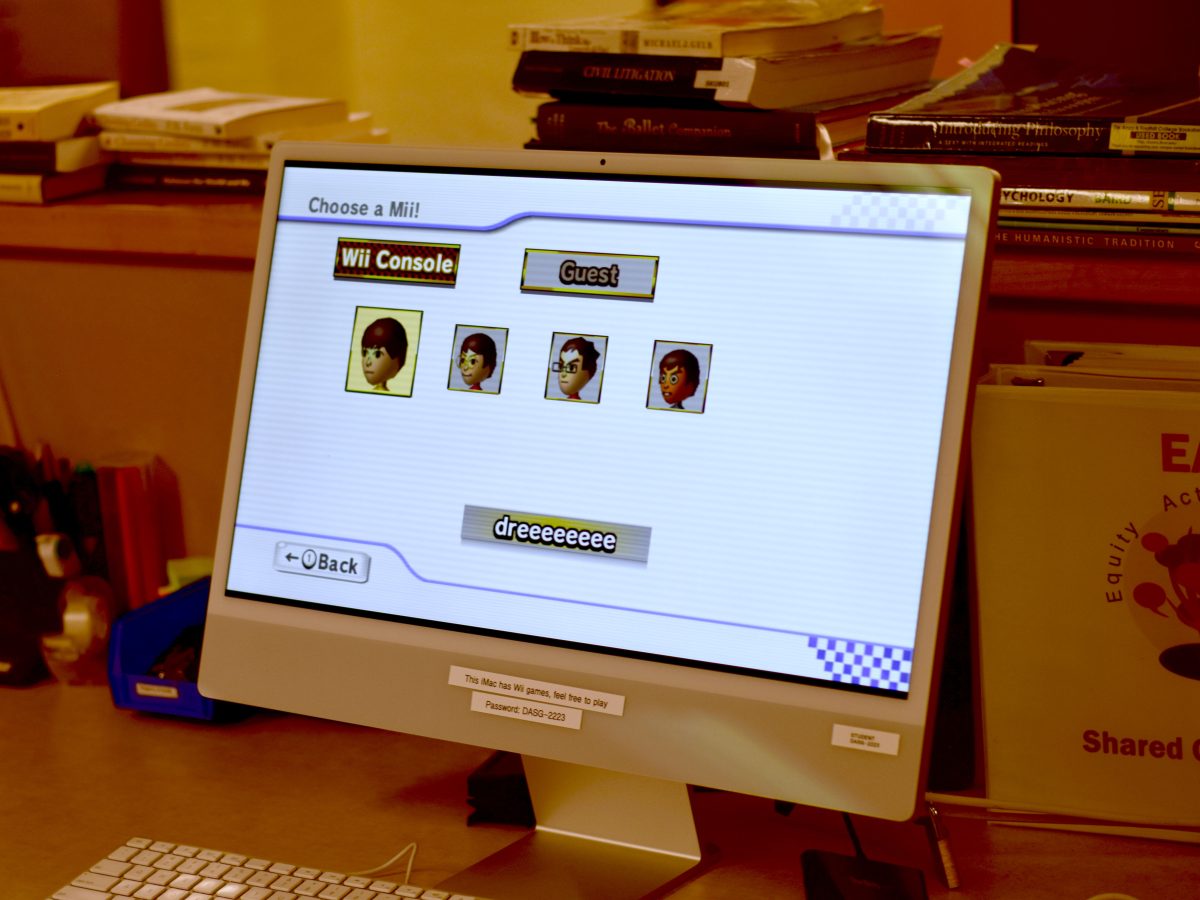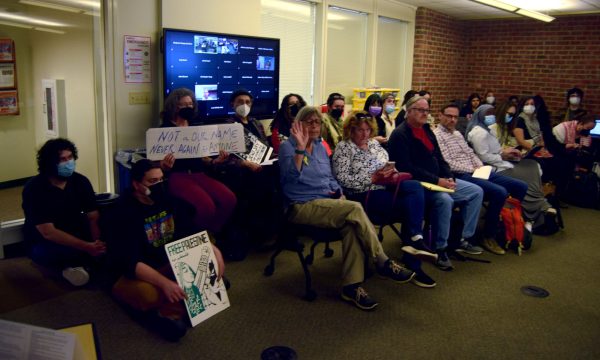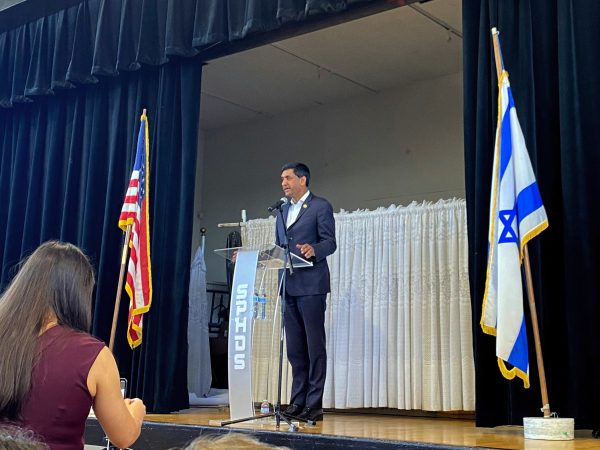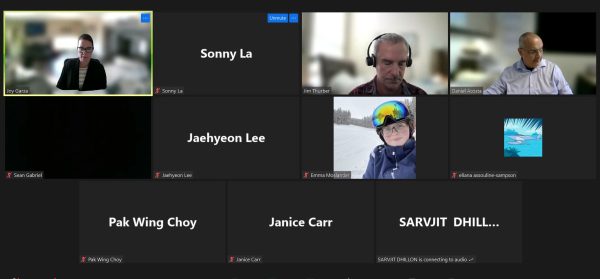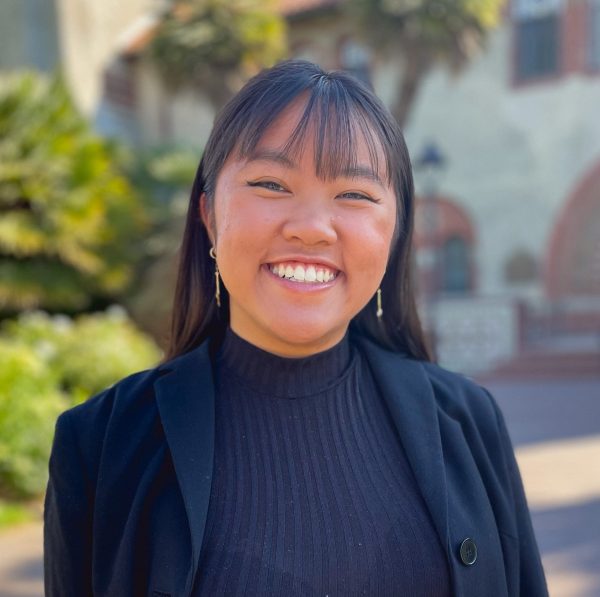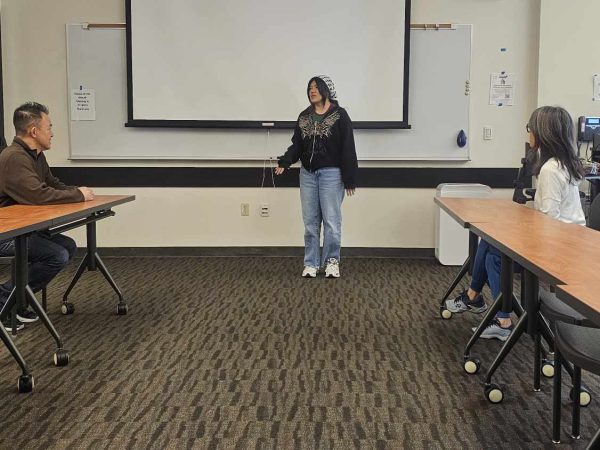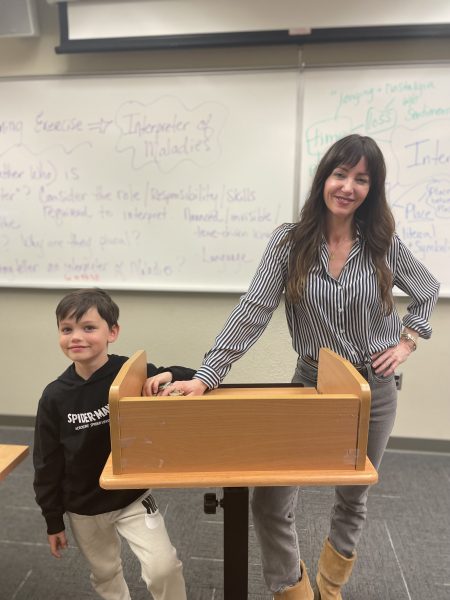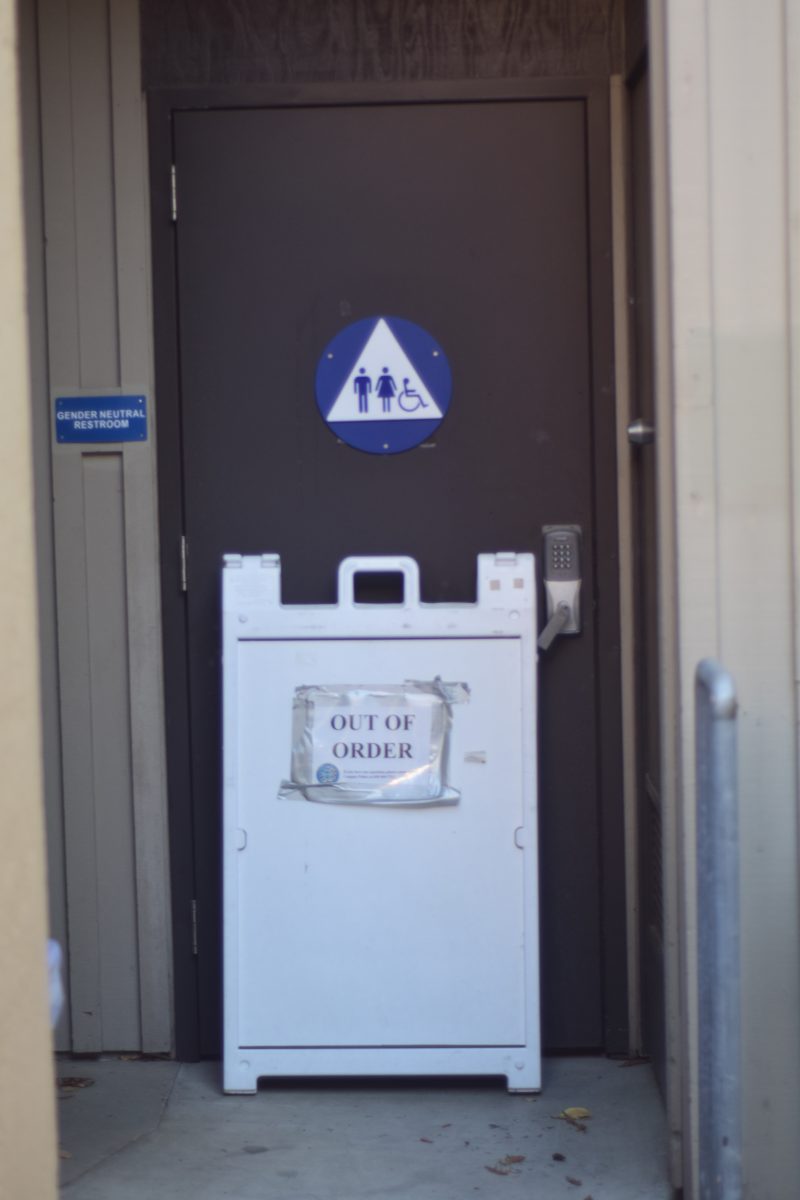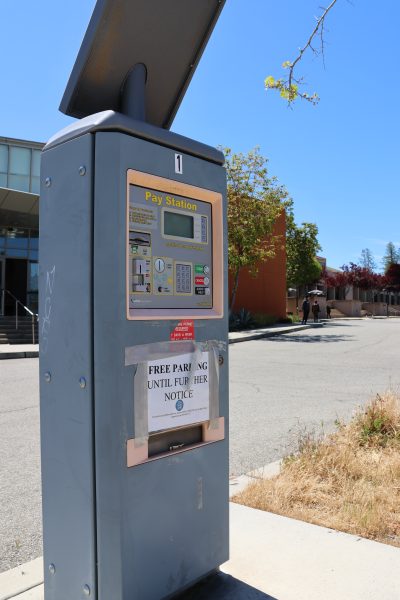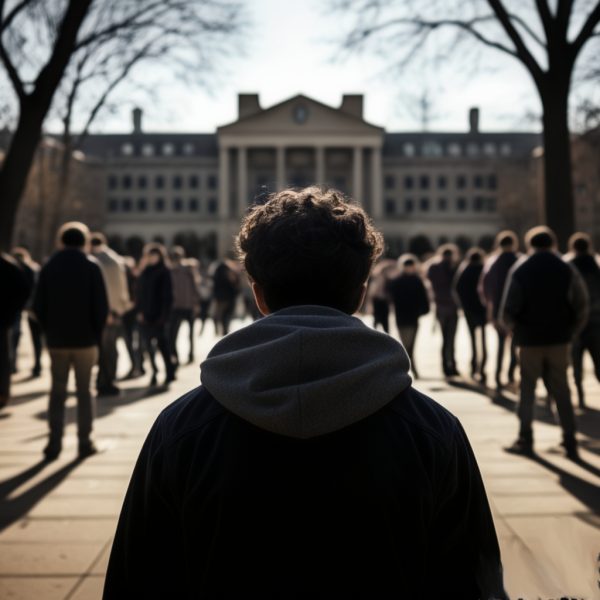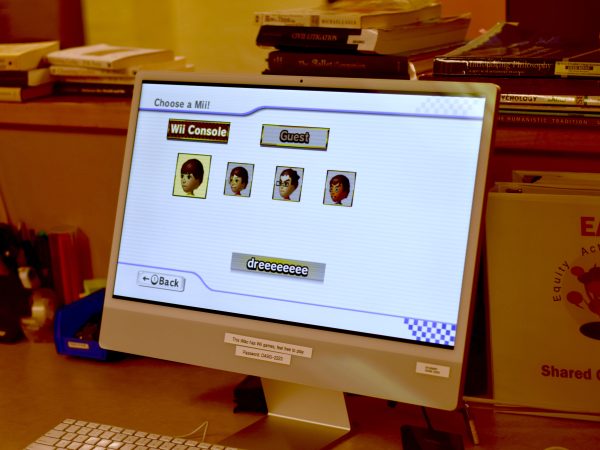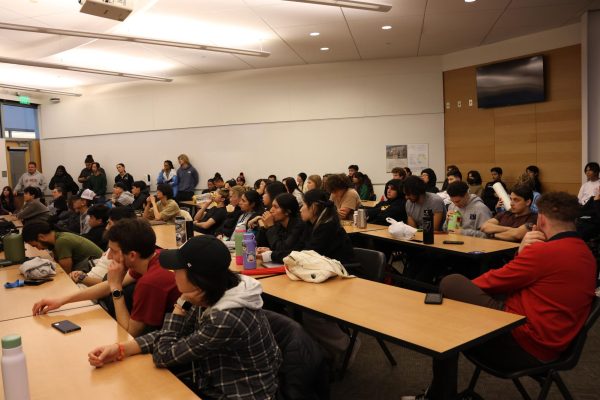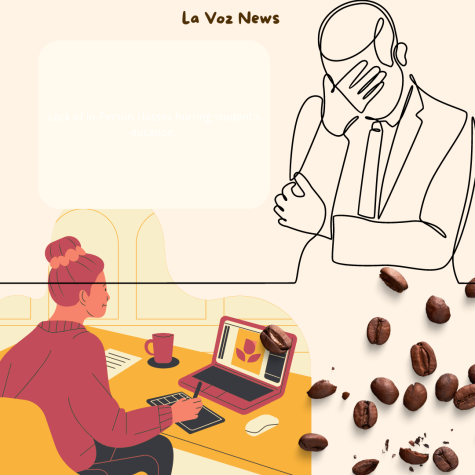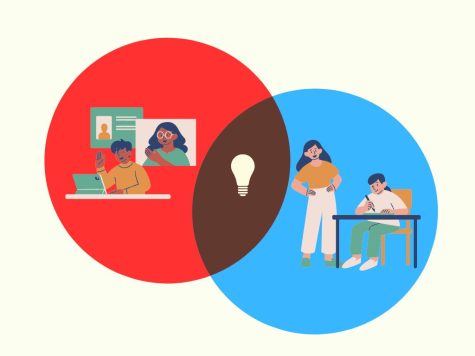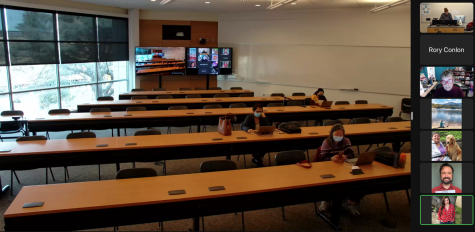De Anza College will likely have no fully face-to-face classes for fall 2020
Image by Orna Wachman from
May 5, 2020
There will likely be no fully face-to-face classes for De Anza College students for the fall quarter 2020, reflecting a growing change in how administrators are adapting to the COVID-19 pandemic restrictions.
Brandon Bailey, writer and editor for the Office of Communications, sent a survey on Monday afternoon which asked for feedback from staff members about potential changes to the fall 2020 quarter. Despite the feedback from those responses, all courses will more than likely have at least some online component, in response to the proposition made by Christina Espinosa-Pieb, interim president of De Anza College.
“All we are really talking about, just to be very clear, is not teaching 100% face-to-face courses in the fall. That’s really the direction that I am feeling we need to move in,” said Espinosa-Pieb.
Marc Coronado, English instructor, said she had concerns about world language instructors being overextended trying to meet synchronously on Zoom.
“They are exhausted because a lot of their courses meet four days a week when they are on campus so they can get a lot of practice but doing that on Zoom is just killing them,” she said.
Espinosa-Pieb said that the way that time works out on Zoom or separately is between the students and their instructor.
“What you don’t want is a student coming back and saying ‘well, you know, I haven’t heard from my instructor in like a week,’” said Espinosa-Pieb.“Other than that, you actually don’t have to prove they were with them for five hours.”
Tim Shively, English instructor and Faculty Association representative, said he was relieved to hear that the administration was not pushing toward entirely asynchronous classes in the fall.
“Frankly, some faculty will not be able to get up to speed to do that and I may be one of them,” said Shively.
For those instructors who will be attempting to meet face-to-face next fall, concerns arose about how to properly ensure student and faculty safety.
“The distancing within classrooms is another challenge we are not sure how to address yet, particularly in our crowded labs,” said Erik Woodbury, chemistry instructor.
The logistics around how to re-open the campus and the types of protective equipment that may be given to students was also discussed.
“We are trying to order those disinfectants, the ones that you see in the hospitals where they’re on a wall,” Espinosa-Pieb said. “Those are backed up for… something like seven weeks.”
Mary Sullivan, director of health, education and wellness addressed the organization and planning that would need to happen to reopen the campus.
“How do we say ‘okay, here is yours for the day, your gown and your gloves, but don’t breathe too much, because if you breathe too much or you drop it…’ and so the logistics of that I think could get quite personal,” she said.
For other instructors, the focus was on the flexibility of the plan.
“Even if we were able to start offering classes face-to-face, and then a second wave of infections erupts, it would be easier to retract and do that face-to-face portion via Zoom,” said Shively.
Espinosa-Pieb said that anyone who is immunocompromised should not come back to campus.
“This is really the main thing, kindness, respect and flexibility,” she said. “That is what it is all about.”
CORRECTION: This article has been edited to reflect that no formal announcement has been made at this time.
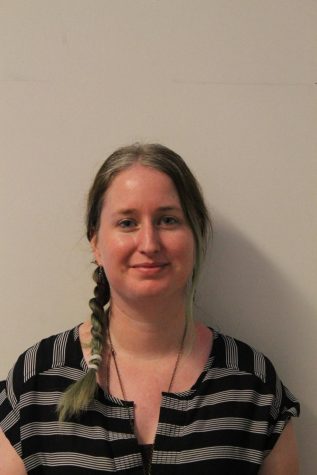
Kathleen started at La Voz in Fall 2019 as a staff reporter. She has written articles on a variety of topics for the school with a focus on Campus Beat...



